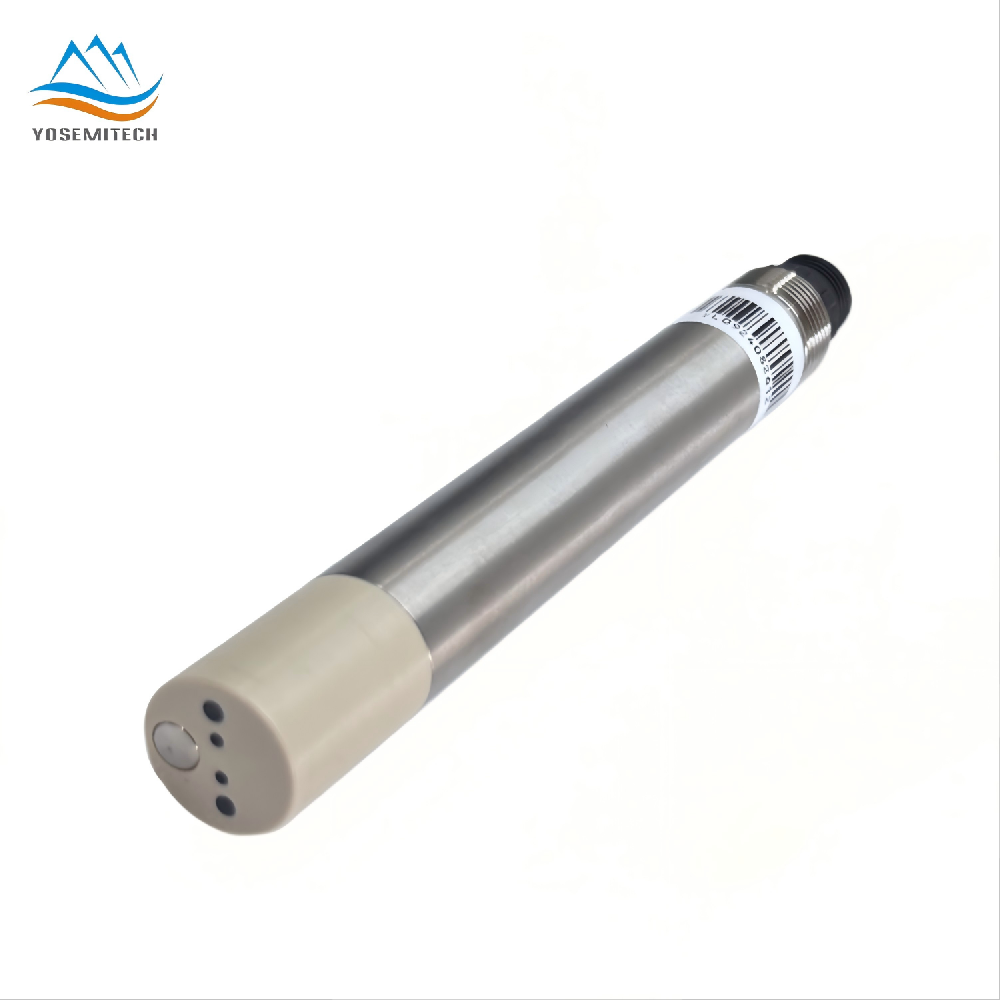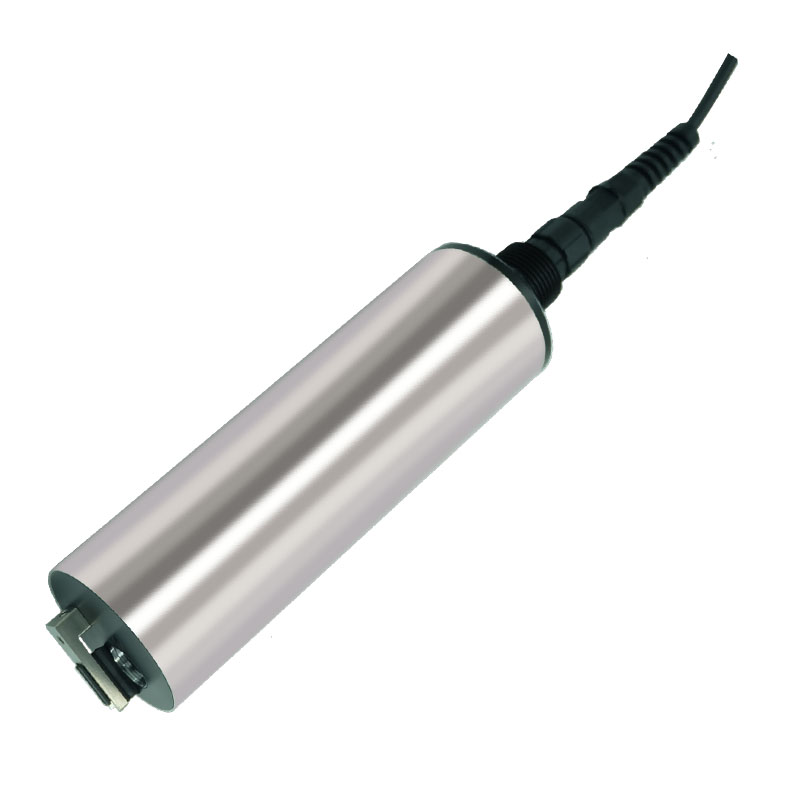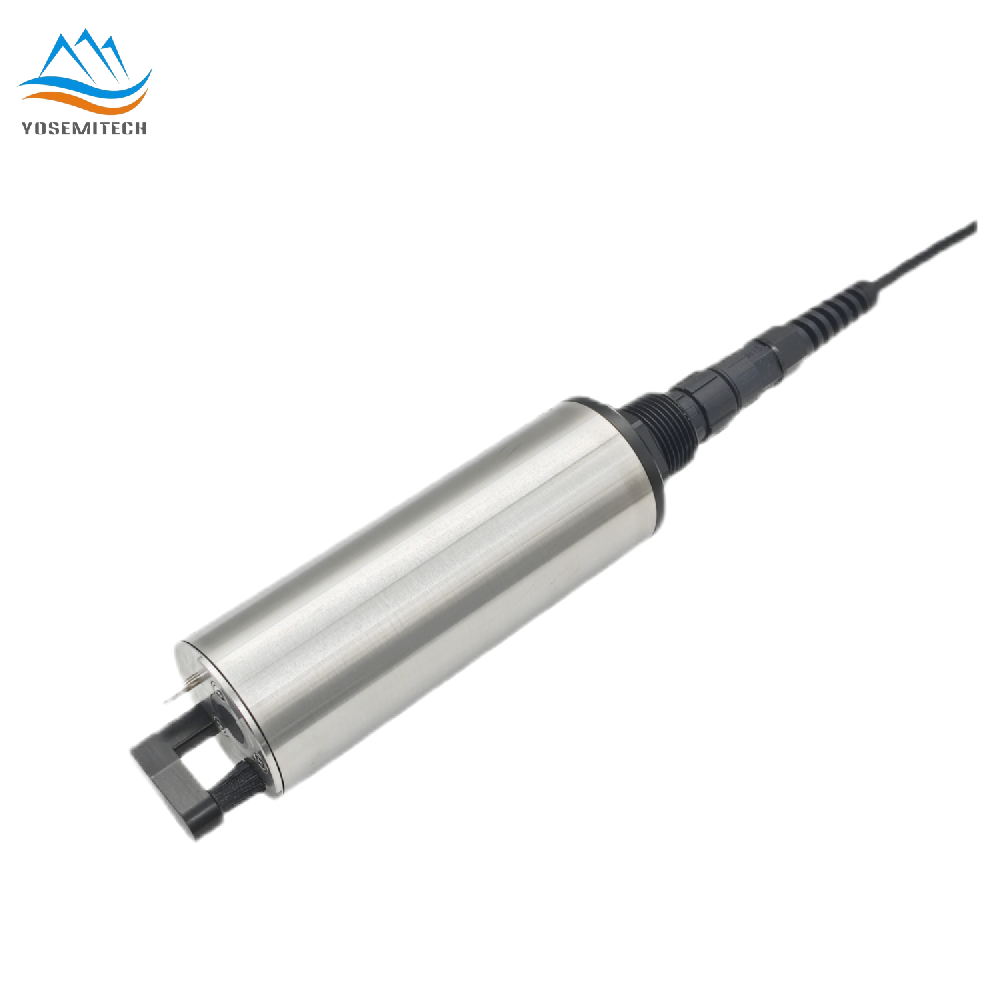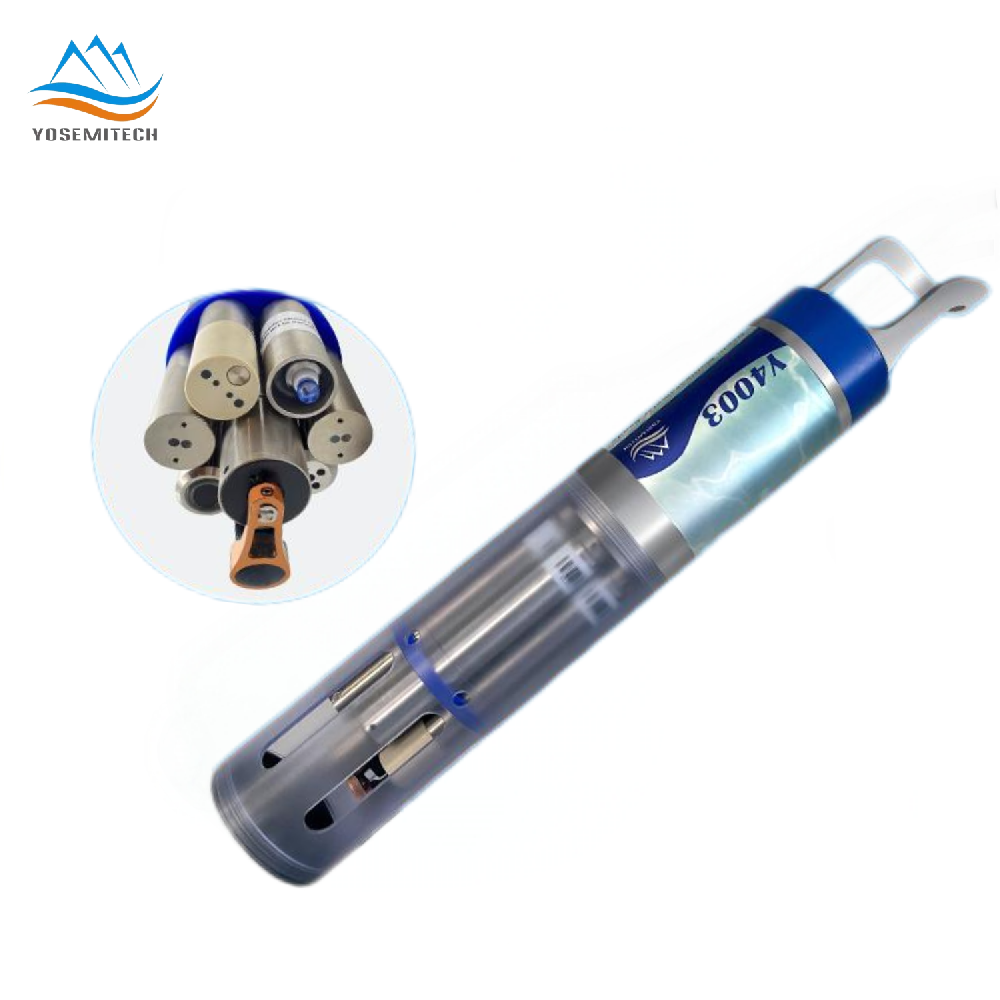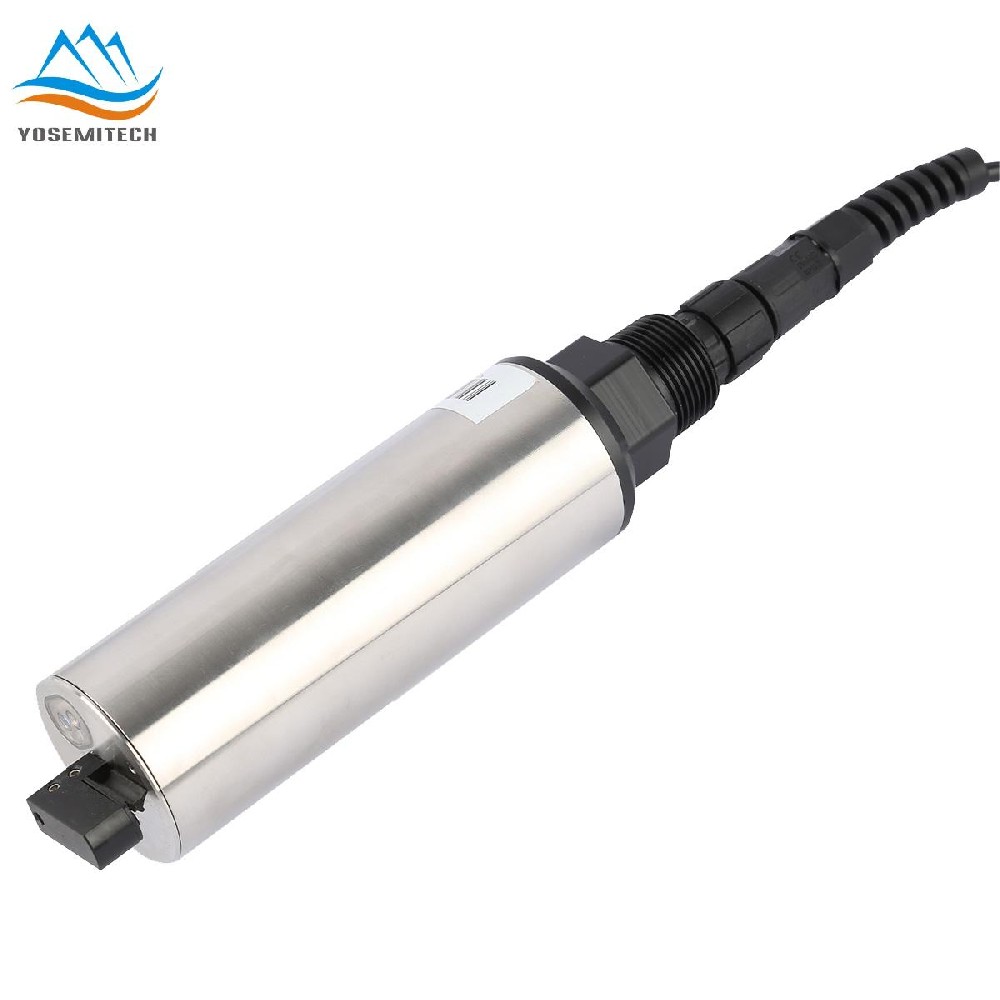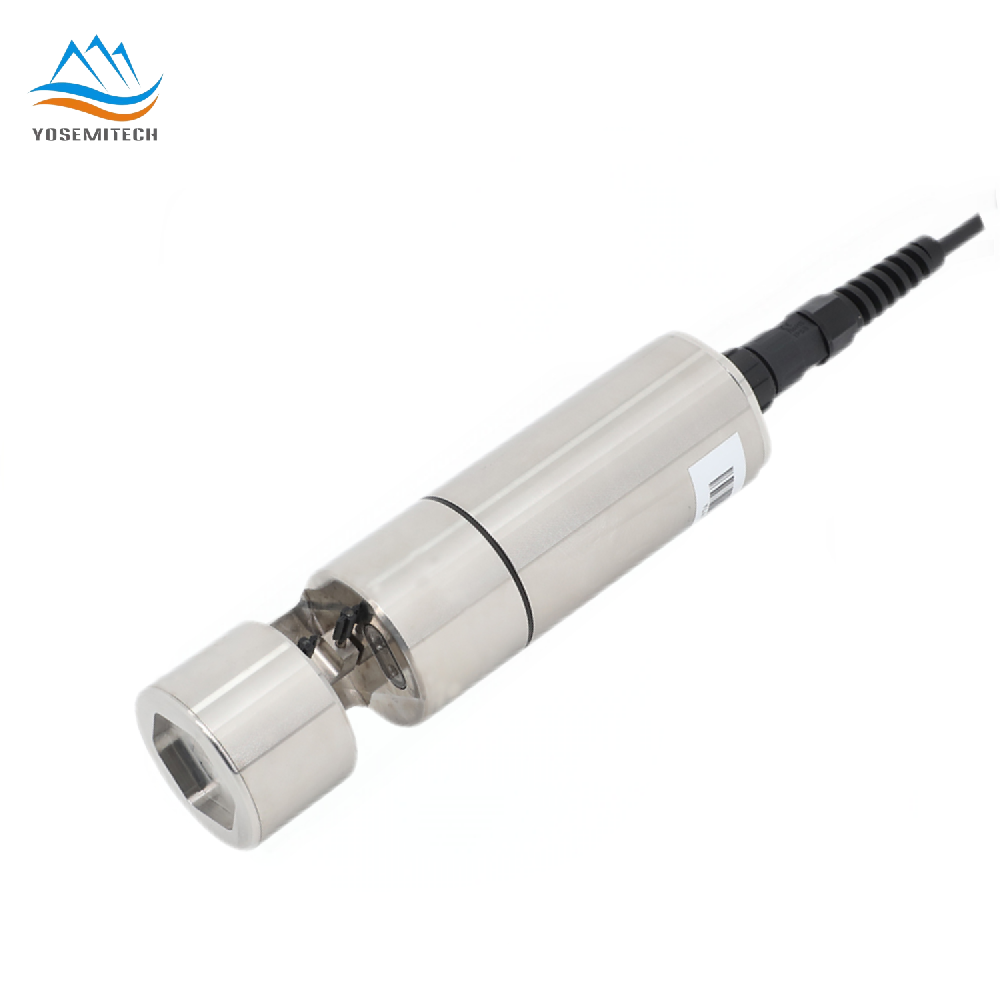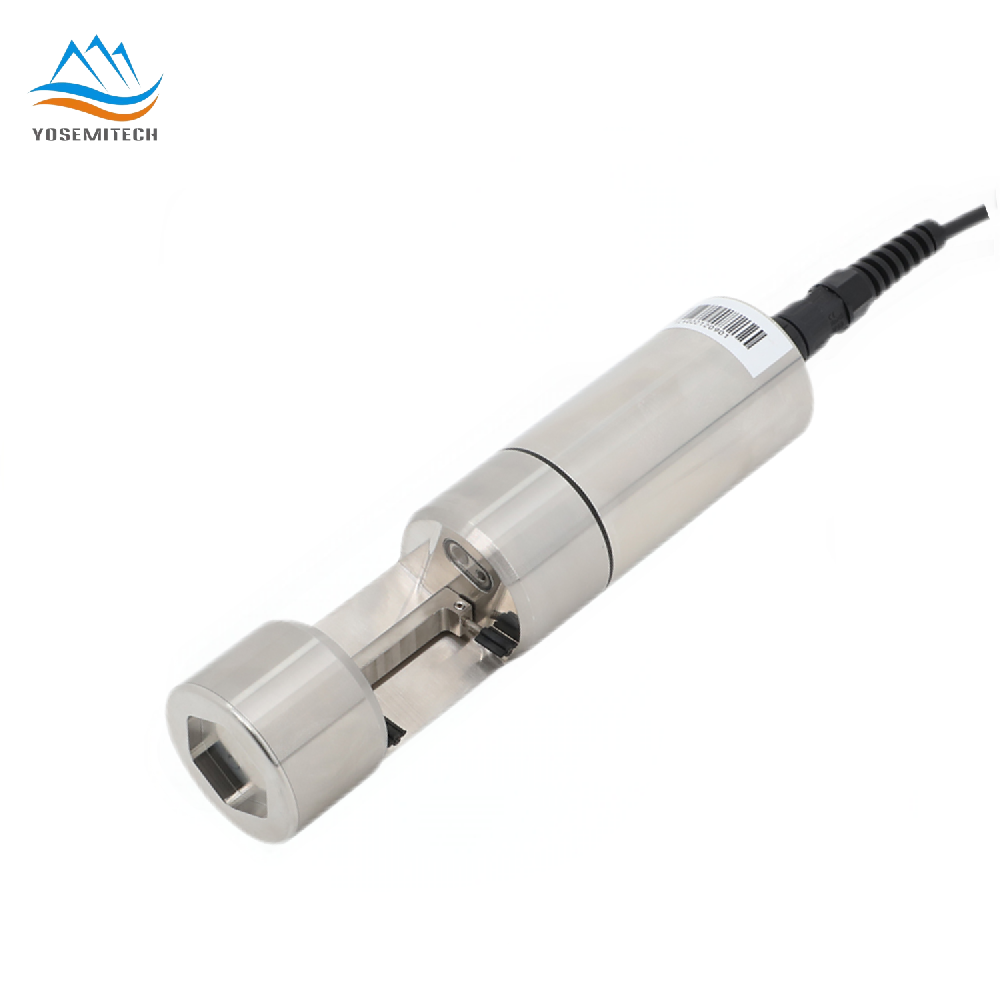Industry news
How Ammonium Sensors Work: A Comprehensive Guide to Measuring Ammonium Levels
Writer: admin Time:2025-01-20 13:28:11 Browse:1211℃
Ammonium (NH₄⁺): A Vital Ion in Agriculture, Wastewater Management, and Environmental Science
Ammonium (NH₄⁺) is a critical ion with significant roles in agriculture, wastewater management, and environmental science. Its presence as a nutrient indicator in soil and water directly influences plant growth and the health of aquatic ecosystems. Accurate measurement of ammonium levels is essential for monitoring environmental health, ensuring food safety, and complying with regulatory standards.
This comprehensive guide explores the intricacies of ammonium sensors, including their functionality, types, and applications in measuring ammonium levels. Understanding how these sensors operate not only enhances our ability to manage ammonium in various environments but also underscores the importance of maintaining safe levels for human health and ecological balance.

Understanding Ammonium
Definition and Chemical Properties
Ammonium is a positively charged ion (NH₄⁺) formed when ammonia (NH₃) interacts with water or acidic conditions. This transformation is essential in various biological and chemical processes. In agriculture, ammonium serves as a key nutrient for plants, contributing significantly to their growth and development.
Differences between Ammonium and Ammonia
While ammonium and ammonia are closely related, they have distinct chemical properties. Ammonia is a gas at room temperature, characterized by its pungent odor, whereas ammonium is a stable ion in solution. The equilibrium between these two forms is influenced by pH levels; higher pH favors ammonia, while lower pH favors ammonium. Understanding this difference is crucial for accurate measurement and interpretation in environmental monitoring.
Sources of Ammonium
Natural Sources
Ammonium naturally occurs in the environment through various processes:
Decomposition: Organic matter breakdown releases ammonium into the soil and water.
Animal Waste: Excretion from animals contributes significantly to ammonium levels, particularly in agricultural settings.
Human Factors
Human activities also contribute to increased ammonium levels:
Fertilizers: The application of nitrogen-based fertilizers in agriculture can lead to elevated ammonium concentrations in soils and runoff into water bodies.
Industrial Processes: Certain industrial activities, such as chemical manufacturing, can release ammonium into the environment, necessitating monitoring and regulation.
Health and Environmental Impacts of Ammonium
Is Ammonium Harmful to Humans?
High levels of ammonium can pose health risks, particularly in enclosed environments where exposure can occur.
Health Effects of High Ammonium Levels
Exposure to elevated ammonium levels can lead to various health issues, including:
Respiratory Problems: Inhalation of ammonium can irritate the respiratory tract, leading to coughing and shortness of breath.
Skin and Eye Irritation: Direct contact with ammonium can cause irritation and burns.
Environmental Concerns
Ammonium's presence in water bodies can significantly impact aquatic ecosystems.
Impact of Ammonium on Water Quality and Aquatic Life
Excessive ammonium levels can lead to:
Eutrophication: Increased nutrient levels promote algal blooms, depleting oxygen and harming aquatic life.
Toxicity: High ammonium concentrations can be toxic to fish and other aquatic organisms, disrupting ecosystems and food chains.
How to Measure Ammonium?
Several methods are available for measuring ammonium levels:
Ion-Selective Electrode (ISE): Offers quick results by detecting potential differences in ammonium concentrations.
Colorimetric Method: Used in laboratory settings, involves chemical reactions that produce a measurable color change.
Gas Chromatography: Provides high precision in quantifying ammonium for advanced analysis.
Choosing the right method depends on specific needs, ensuring accurate and reliable ammonium measurements for optimal results in projects.
What is an Ammonium Sensor?
An ammonium sensor is an analytical device designed to measure the concentration of ammonium ions in various environments. These sensors provide real-time data, facilitating timely decision-making in environmental monitoring, agriculture, and wastewater management.
Applications
Ammonium sensors have diverse applications across various fields:
-Environmental Monitoring: Detecting ammonium levels in water bodies to assess pollution and ecosystem health.
-Agriculture: Monitoring soil ammonium levels to optimize fertilizer application and enhance crop yield.
-Wastewater Management: Ensuring compliance with regulatory standards by measuring ammonium concentrations in effluents.
How does Ammonium Sensor Work?
Many ammonium sensors utilize ion-selective electrodes (ISE) that are sensitive to ammonium ions. The electrode generates a potential difference based on the concentration of NH₄⁺ ions in the solution.
Conclusion
Accurate measurement of ammonium levels is vital for safeguarding human health and protecting the environment. Ammonium sensors play a crucial role in achieving this goal, providing essential data for various applications, from environmental monitoring to agricultural practices.
As technology continues to advance, the capabilities of ammonium sensors will expand, offering new opportunities for improved monitoring and management of ammonium levels. It is imperative for stakeholders in agriculture, environmental science, and public health to recognize the importance of these measurements and consider implementing ammonium monitoring practices in their respective fields.
CATEGORIES
CONTACT US
Yosemitech Technologies Co., Ltd
 +86 19984844080
+86 19984844080
 sales@yosemitech.com
sales@yosemitech.com
 Bldg,25,CECEP Industrial Park, No. 18 Dongchang Rd. Suzhou Industrial Park, Jiangsu Province,China 215126, China
Bldg,25,CECEP Industrial Park, No. 18 Dongchang Rd. Suzhou Industrial Park, Jiangsu Province,China 215126, China
